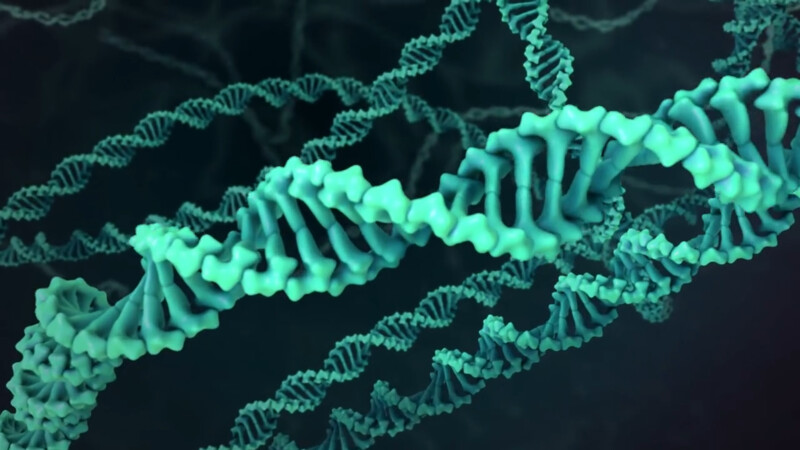What Is Gene Therapy ?
The cystic fibrosis transmembrane conductance regulator (CFTR) gene contains the instructions for making the CFTR protein. When there is a mutation — or alteration — in the
Since the discovery of the
Gene therapy is a process in which a new, correct version of the CFTR gene would be placed into the cells in a person's body. Although the mutant copies of the CFTR gene would still be there, the presence of the correct copies would give cells the ability to make normal
Watch this animation to see how this might work.
Types of Gene Therapy: Non-Integrating vs. Integrating
There are two types of gene therapy that have potential to treat CF. It is not yet clear which option will work best. The process of physically delivering gene therapy technology to cells is full of challenges that would have to be overcome for any gene therapy to work.
To learn more about these challenges, watch this video:
Non-Integrating Gene Therapy
In non-integrating gene therapy, a piece of
A major advantage of the non-integrating gene therapy approach is that it does not disrupt the rest of the genome, just like adding a new page right under the cover of a book would not disturb the contents of the rest of the book. That means that the risk of side effects, including
Non-integrating gene therapy has been approved by the U.S. Food and Drug Administration to treat a rare type of blindness, and it has also been shown to work in studies for hemophilia, a blood clotting disorder. In a
Integrating Gene Therapy
In integrating gene therapy, a piece of DNA that contains a correct version of the CFTR gene would be delivered to an individual’s cells. The new copy of the CFTR gene would then become a permanent part of their genome, which is the entire set of genetic instructions that is in every cell. This kind of gene therapy is like binding a new page into an existing book.
An advantage of an integrating gene therapy is that it is permanent for the life of the cell. This means that a person with CF might have to receive the gene therapy only once or a few times in their life. A disadvantage is that there may be limited control over where the new copy of the CFTR gene integrates into the genome. The new copy could be inserted into a part of the genome that contains some critical information, like the new page being randomly added to a book and disrupting an important chapter. This means integrating gene therapy could have undesirable side effects, such as increasing the risk of cancer.
A type of integrating gene therapy, known as CAR-T therapy, has already been approved to treat patients with certain kinds of leukemia and lymphoma. Integrating gene therapies to treat CF are being tested in the lab, and a clinical trial to test the safety of this approach in people with CF could happen in the next several years.
To learn more about several key types of lung cells that could be targeted by genetic therapies, including gene therapy, watch this video.
